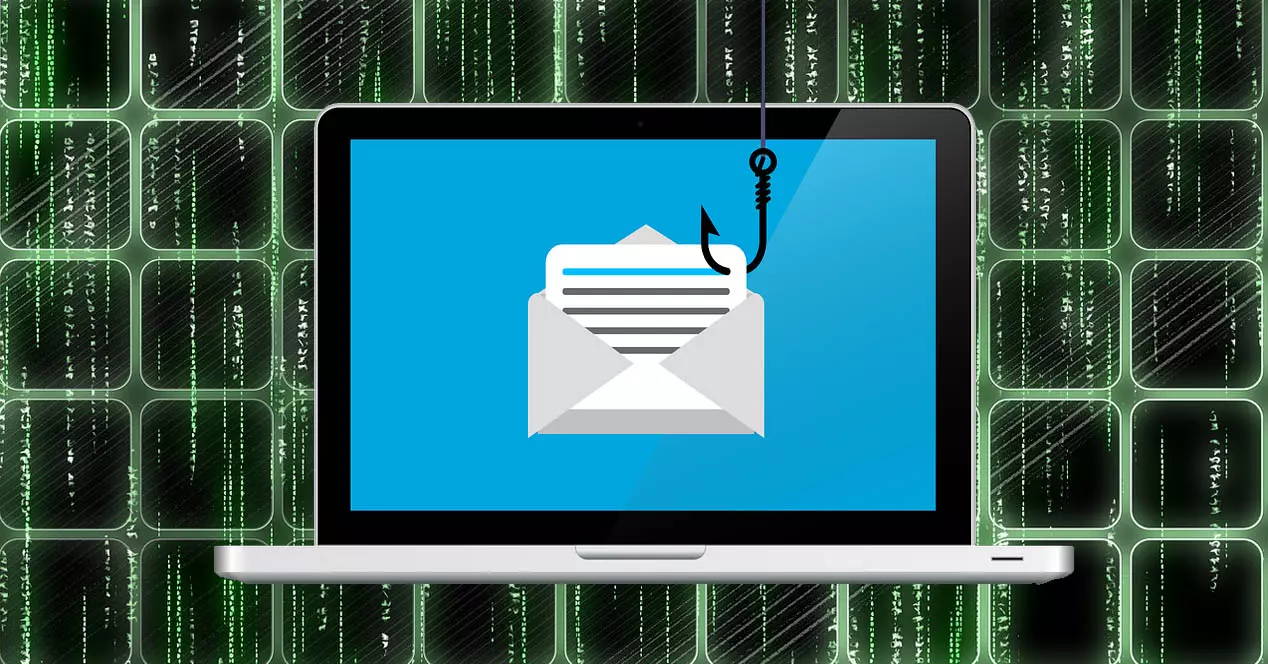
Users are exposed to more and more dangers when they access the Internet. Cybercriminals do not rest and are always looking for ways to steal our accounts to make a profit. In this aspect, they use more and more sophisticated methods to deceive us. One of the most dangerous and harmful that we can face is identity theft. This information is highly coveted by cybercriminals and we are going to give some tips so that we can protect our identity. However, it is not the only case of impersonation that we also have to deal with, another is that of networks. In this article we are going to talk about the dangers of identity and network spoofing, so that users are prepared.
The dangers of identity theft
The identity fraud aims to impersonate another person or entity for different reasons such as data theft, fraud, deception and also to obtain information or financial benefit. We find malicious activity in which cyberbullying, extortion and scams of different kinds frequently take place.
When we are victims of the dangers of identity theft, two well-differentiated cases can be distinguished. one is when they steal our account and they gain access, seizing our credentials through different types of attacks, such as Phishing. Also, we can lose your control if the attacker changes the passwords. You could use it to learn about our data and publish things on our behalf. The other way is by use of a very similar false profile to ours or to a company. In this case it does not imply that you have access to our account and private data.
Among the most common attacks that are carried out to carry out identity theft, we have SIM Swapping, which is based on the duplication of our SIM card. Then we have others based on social engineering in which they impersonate our contacts or trusted entities through email, SMS or phone calls. Its purpose is to trick us into visiting a website and providing sensitive data, downloading a file with malware, or making a payment.
If we want to avoid the dangers of identity theft, we must be wary of strangers, have a strong password and activate 2FA authentication if it is available. Here are some recommendations to protect your identity on the Internet.
The threat of network spoofing
These network spoofing dangers are more common than they seem, they can be in many places without us noticing. We can find them in restaurants, hotels, universities and workplaces. We have a serious problem since it can put our security and privacy at risk.
basically a network spoofing we could say that it consists of impersonate another network. Regarding the objective of the impersonation is to steal the data of the victims. One of the main intentions of these attackers is to collect the login credentials of some web page, such as those of our social networks.
Sometimes we do not have enough mobile data so we have no choice but to use a public WiFi network. Cybercriminals are aware of our needs to use these types of networks and for this reason they sometimes create their own networks that are under their control. They do this by creating one with the same name of a specific business or the name of a well-known place so that the victim who connects to it trusts. Thus, people who are connected believe that they are in a safe place and that they will not have any security problems.
The dangers of this network spoofing is that the intruder can be on that network while reading all the content that we are sending and receiving. At RedesZone when we use a public Wi-Fi we recommend the use of a VPN so that our data travels encrypted in a tunnel safe from cybercriminals. Finally, here’s how to detect network spoofing.




